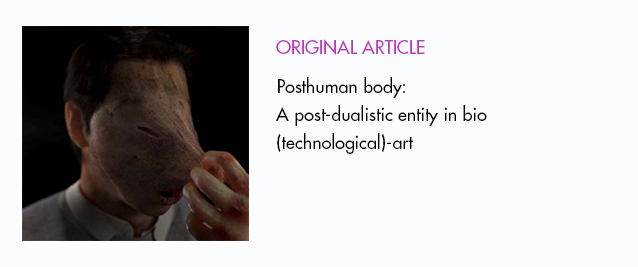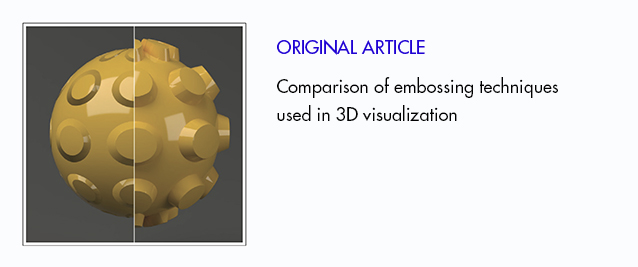2Afyon Kocatepe University. Bayatlı Vocational School
Abstract
The 16th century is a period in which many artistic styles developed at a great level in the Ottoman Empire. Textile and Miniature played an important role in this development. Especially the Ottoman court textiles came to the forefront in the historical scene with the examples rich in patterns, colors, compositions, styles and materials. The fabrics with a high quality and of rich materials, which were designed and manufactured especially for the Sultans and the court, became a symbol of status. The symbolic meanings of the colors and motifs used reflected the cultural aspect of the Ottoman Empire. As for the miniature, it is a visual source which is not only the basis for traditional painting but also gives information about the culture and life style of the time. These two subjects are of great importance in that they contribute to the pattern design apart from having an artistic aspect. Pattern design makes it possible for a textile surface to have originality and aesthetics. It is possible to analyze the textile patterns of classical period over the works of art that the masters of miniature painted with their realistic perspective. This study aims to analyze the characteristic features of classical Ottoman textile patterns and motifs used in the miniature works of art belonging to the Muralist Osman and the Muralist Nigari. In this study, the qualitative research method has been selected to be used, and the composition schemas of visual examples have been drawn and examined in terms of their design. A catalogue study has been conducted for six miniature works of art chosen according to their different features of pattern, and the findings obtained have been discussed in the conclusion part.
2
On altıncı yüzyıl, Osmanlı İmparatorluğu‟nda birçok sanatsal üslubun geliştiği ve ileri seviyeye ulaştığı bir dönemdir. Bu sanatlar arasında Tekstil ve Minyatür, bu sanatlar arasında önemli rol oynamıştır. Özellikle Osmanlı saray tekstilleri; desen, renk, kompozisyon, üslup ve malzeme yönünden en zengin örnekleriyle tarih sayfalarında yer almıştır. Padişah ve saray mensupları için özel olarak tasarlanan ve üretilen kumaşlar, kalitesi ve zengin malzemeleriyle statü sembolü olmuş; kullanılan renkler ve motiflerin simgesel anlamlarıyla Osmanlı kültüründe karşılık bulmuştur. Minyatür ise, geleneksel resmin temellerini oluşturan aynı zamanda o dönemin kültürü ve yaşam biçimi hakkında bilgi veren görsel kaynaklardır. Büyük önem taşıyan bu konuların sanatsal yönünün yanı sıra desen tasarım alanına katkıları da önem arz etmektedir. Desen tasarımları tekstil yüzeyine özgünlük ve estetik değer kazandırmaktadır. Minyatür ustalarının realist bakış açısıyla betimledikleri eserler üzerinden klasik dönem tekstil desenlerini incelemek mümkündür. Çalışma kapsamına alınan Nakkaş Osman ve Nakkaş Nigari‟ye ait minyatür eserlerde, klasik Osmanlı tekstil desenlerinin ve motiflerinin karakteristik özellikleri mevcuttur. Çalışmada nitel araştırma yöntemi kullanılmış; görsel örneklerin kompozisyon şemaları çizilerek tasarım özellikleri yönünden incelenmiştir. Farklı desen özelliklerine göre seçilen altı minyatür eserin katalog çalışması yapılarak elde edilen bulgular sonuç kısmında tartışılmıştır.

















